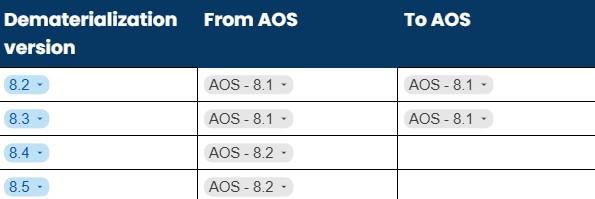Introduction into File generator
The File Generator module was designed to facilitate the generation of formatted files directly from the Axelor Open Suite (AOS) ecosystem. It allows information contained in AOS to be extracted in order to automatically produce structured documents in various formats, such as JSON, Edifact, and Factur-X. AOS versions Compatibility :

Context
The reform of electronic invoicing, which is scheduled to come into force in 2026 in France, aims to generalize the use of standardized formats for invoices and to standardize inter-company exchanges. With this in mind, Axelor has developed two complementary modules: Data Capture and File Generator. These work in tandem to enable the seamless integration of AOS data with external files.
Electronic invoicing
An electronic invoice is a document that complies with a standardized format, ensuring automated and simplified processing by IT systems. Several standards coexist, including Factur-X and UBL. The File Generator module meets this requirement by offering the ability to extract the necessary data and automatically generate invoices in these formats.
EDI (Electronic Data Interchange)
The module also supports electronic data interchange (EDI) formats, a widely used standard for the electronic transmission of commercial documents between companies (invoices, purchase orders, etc.). File Generator is therefore compatible with Edifact, CII, and UBL formats.
Factur-X format
The Factur-X standard is a hybrid format combining two elements:
-
Readable PDF file,
-
Structured XML file containing all the billing data.
This approach ensures both intuitive reading for users and fully automated processing for IT systems.
Edifact format
An Edifact file consists of different objects organized hierarchically. It is read line by line, with each line corresponding to a segment.
-
Each segment consists of composites or elements.
-
A composite in turn groups together several elements.
-
An element can be associated with a code list (list of standardized codes), which functions as an enumeration listing all possible values for that element.
-
When the element is not linked to a code list, the extracted value is directly interpreted as its actual data.
The Edifact format is therefore based on a standardized, hierarchical structure, enabling both systematic and automated reading of the information contained in the file.